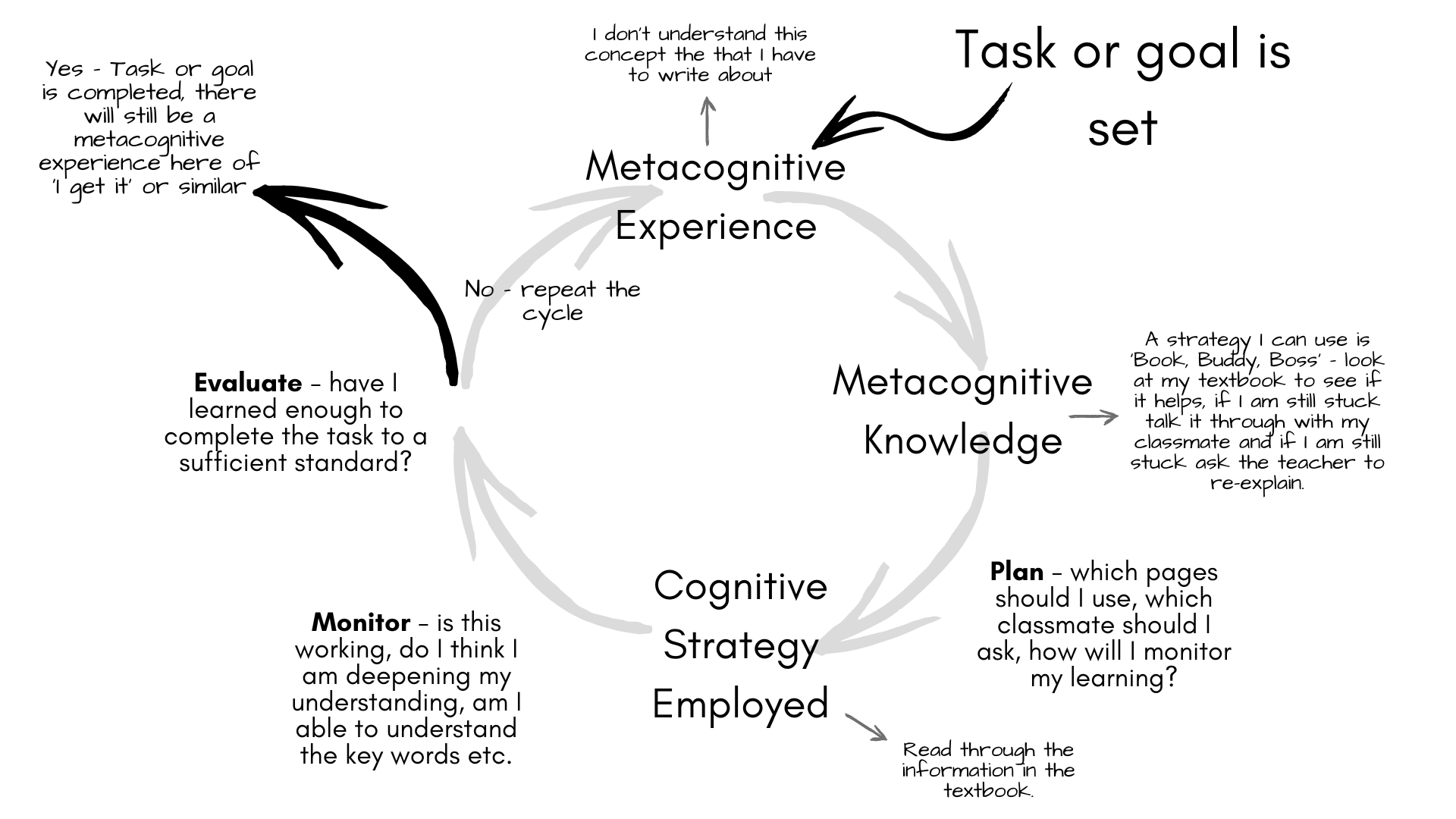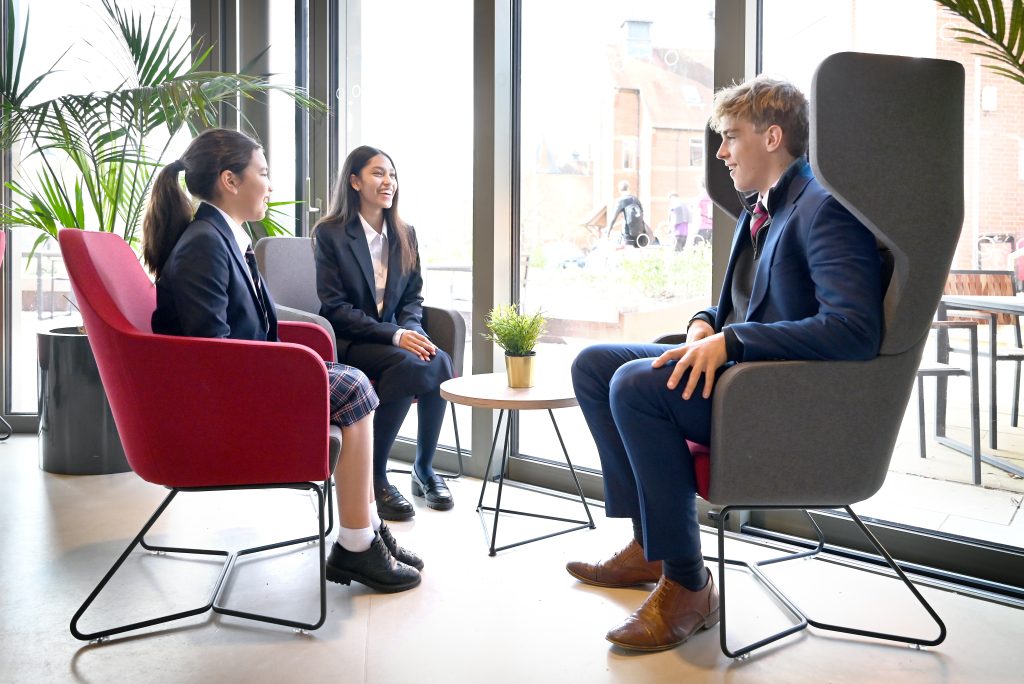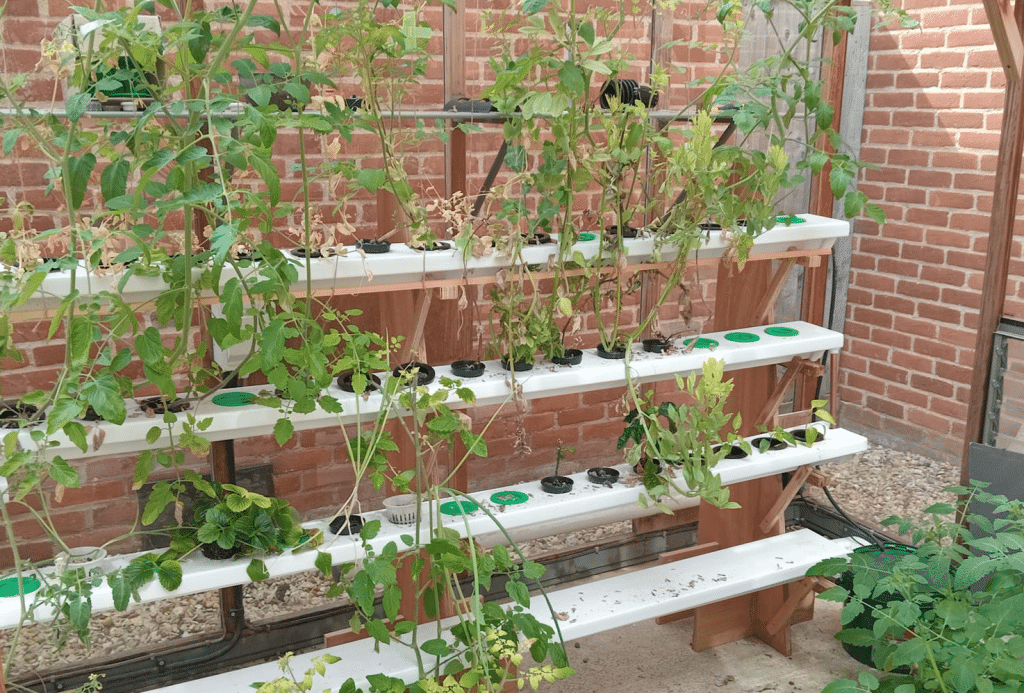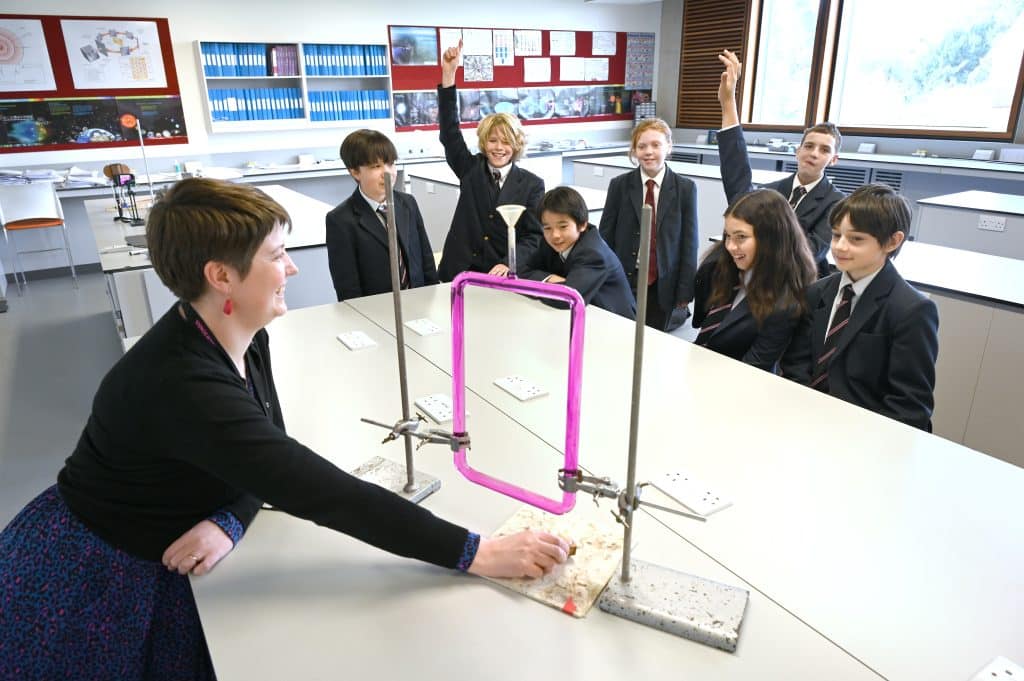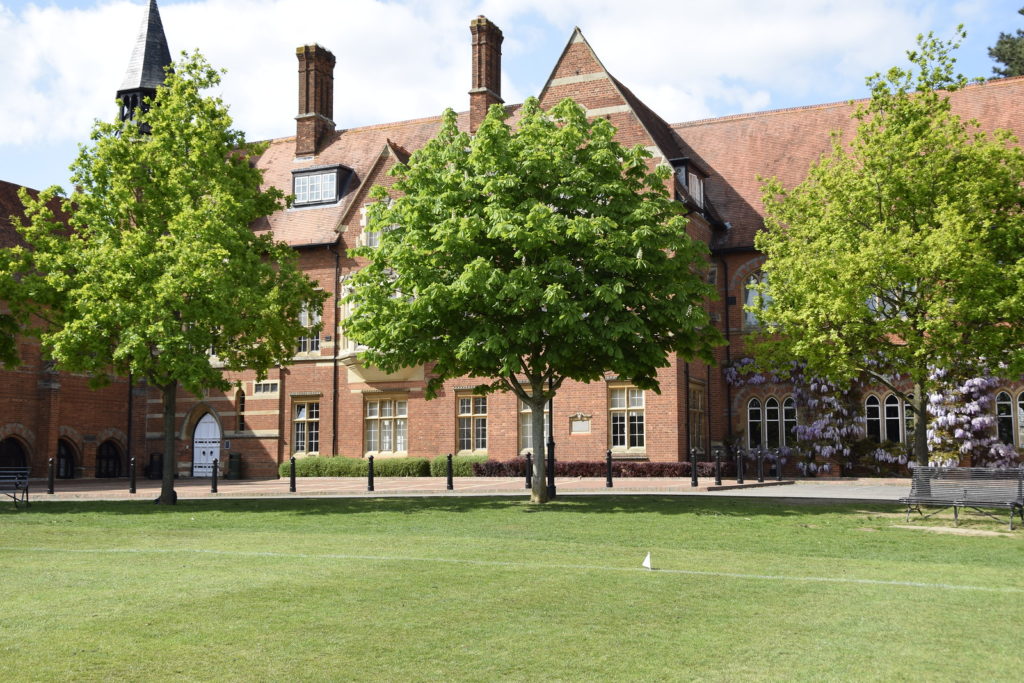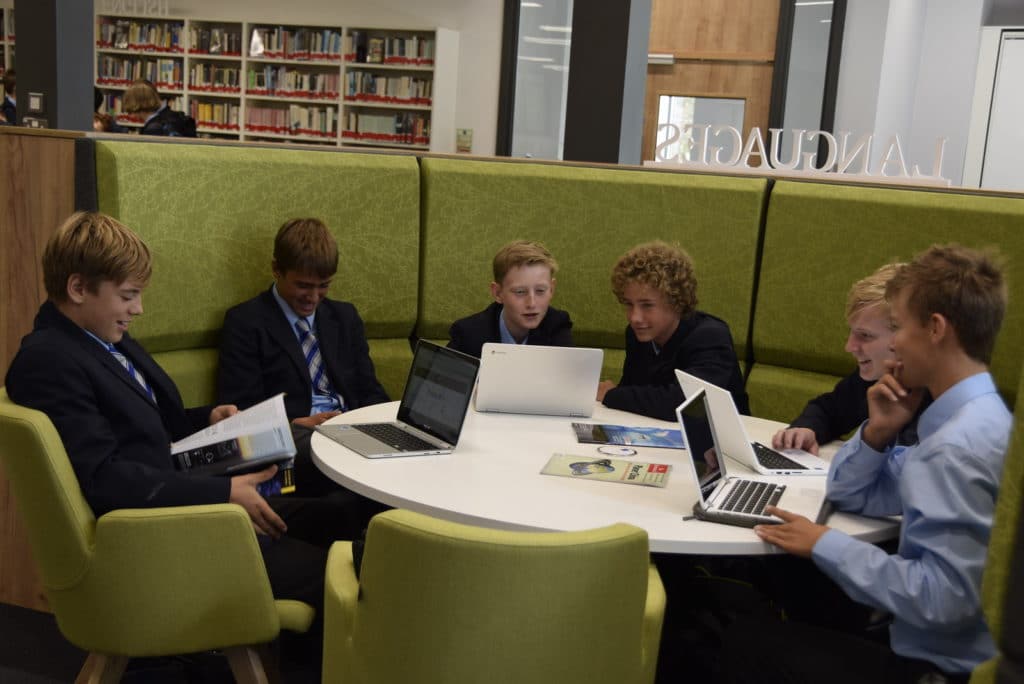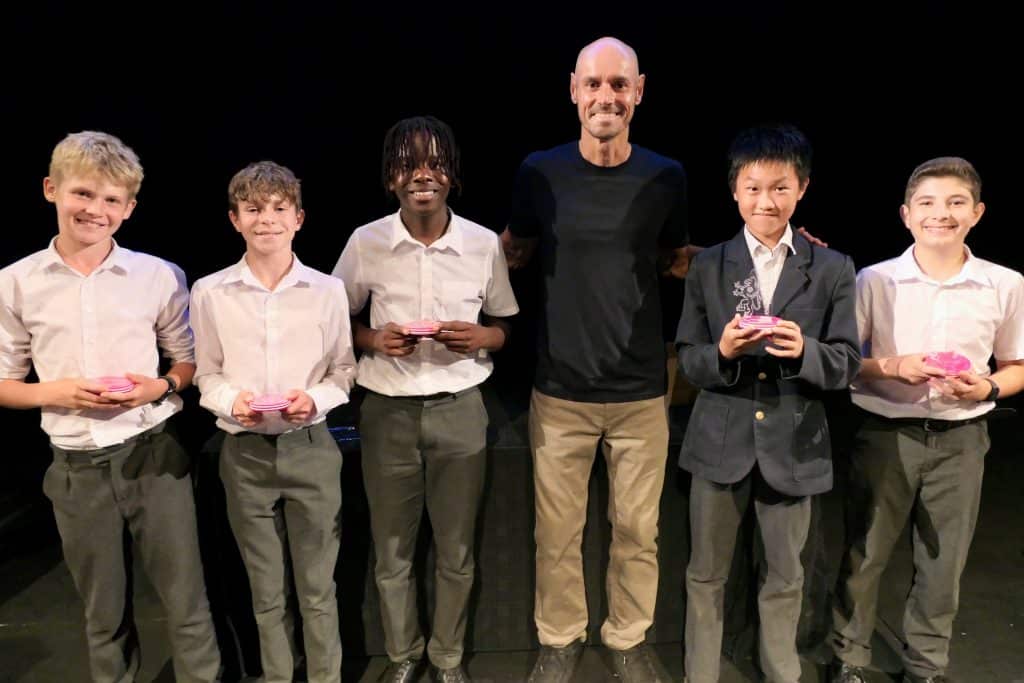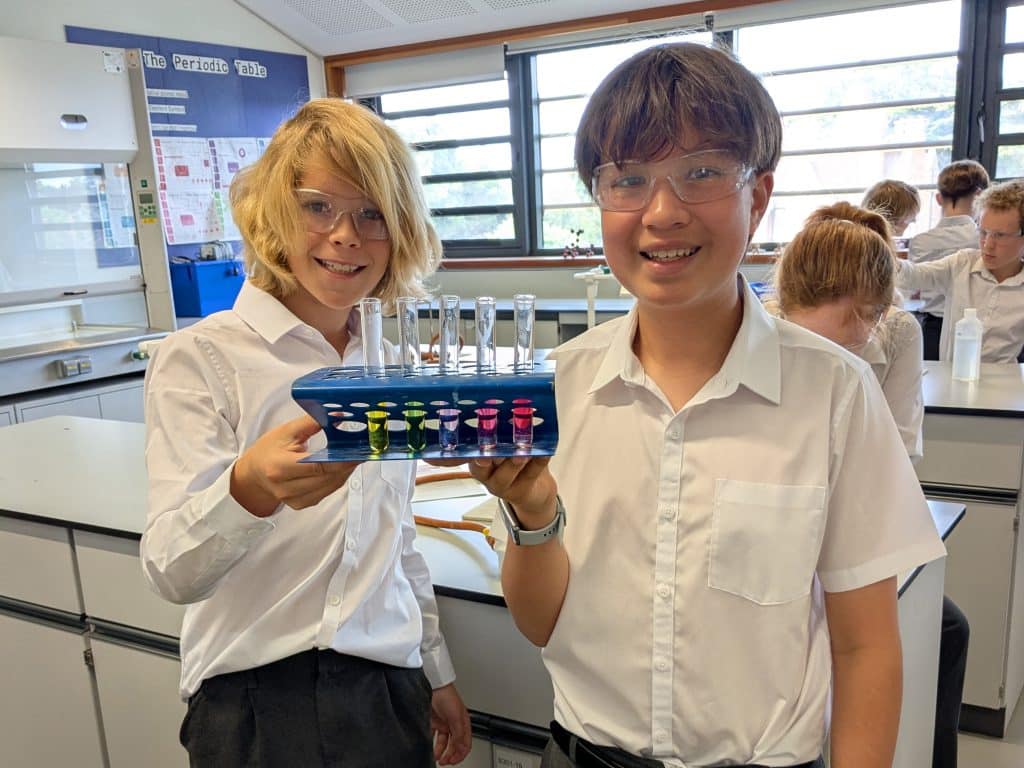How best can we ensure progress in learning?
By Lucinda Powell, Teacher of Psychology and Assistant Director of Teaching and Learning
The term ‘metacognition’ is perhaps the new ‘buzzword’ in education despite having been used as a term since the 70s (Flavell, 1979). But what does it actually mean? At its most basic it is often defined as ‘thinking about thinking’, but in reality it is an umbrella term for many facets of the learning process. In his original paper on the subject Flavell (1979) describes metacognitive knowledge, experiences, tasks/goals and actions/strategies, all of which interact to ensure progress in learning: ‘Cognitive strategies are invoked to make cognitive progress, metacognitive strategies to monitor it’ (p909). The Education Endowment Fund (EEF) cites metacognition as the second most effective strategy to drive pupil progress and so, whether or not we choose to describe what we are doing in these terms, doing it will enable our pupils to make greater progress both in and out of the classroom. The question though is ‘what does metacognition look like in the classroom and how do we teach these metacognitive skills?’
The basic model of metacognition might look something like the image above.
The 4Rs used at Abingdon are a really good example of how metacognition is already built into everyday teaching in the school. I mentioned earlier that Metacognition is number 2 on the EEF’s toolkit to boost pupil progress but feedback is number 1. However feedback is only useful if pupils engage with it. I remember at A Level getting pieces of work back and with a perfunctory glance at the grade (usually disappointing) would stuff it unceremoniously in the back of my folder – any carefully crafted feedback ignored. As we spend a good deal of time giving feedback using the 4Rs, also encouraging metacognition will give pupils a double whammy.
So let’s look at how the 4Rs might play out in developing metacognition, we will start with the assumption that pupils have done some sort of assessed piece of work. Before the assessment it is likely they will have done some revision or preparation, they will have used cognitive strategies such as retrieval practice, interleaving or highlighting the textbook. These strategies will have required some metacognitive knowledge about what has/has not worked in the past. It can be quite useful at the end of the test to ask pupils what strategies they used and how effective they thought they were (pupils can be notoriously bad at judging the effectiveness of their revision strategies). You then mark and return the work.
The first R is to Review what the teacher has said, not just the mark – this will be a metacognitive experience – ‘Oh! That is disappointing’ or ‘I guessed that but got it correct’ etc. But it also helps individuals learn how to evaluate whether they have met their goal more accurately. Pupils are notoriously bad at judging how well they have learned something (this is called Illusion of Fluency if you are interested in learning more) so clearly showing them where they have got things correct and incorrect is important for future metacognitive evaluation.
The second R is to Reflect on their work. This does not just have to be about what went well and even better if, but could include ‘I improved in this area…Why?… I used a different approach to learning that maybe more effective, I will use this strategy next time’. This is why it is just as important to reflect on the areas that went well, as well as on the mistakes. These reflections not only guide a student to understand what ‘knowledge’ areas are better or worse, but what learning strategies are working and what are not and equally what exam/assessment skills are effective.
The third R is to Respond to the feedback. Clearly corrections and re-working of answers will help fill knowledge or skills gaps. But responding could also entail thinking explicitly about what revision strategies they used, whether they worked, whether they would work in the long term (i.e. reading notes through the night before a test might be effective today but would it be practical before a GCSE exam?), if they spent long enough revising and so on.
The final R is Remember what went well and what did not. This may encroach into the area of learning habits, we do what comes unconsciously to us and is easiest, so if we are asking students to remember to fundamentally change the way they learn or respond to specific questions we need to set up reminders: we could do this through practice papers, clear targets set in the front of books, visible feedback sheets in exercise books, demonstrations of good revision techniques in class, modelling how to answer exam questions and so forth. By remembering, pupils are building up their metacognitive knowledge so that they are better able to select the correct cognitive strategy (plan), monitor their progress and evaluate their outcomes.
For expert learners, this cycle is unconscious and automatic. However, we cannot assume that the pupils in front of us are expert learners, they will have had a wide range of experiences. Therefore, we should treat them as novice learners (especially in our subject area) and, as such, should make metacognition a conscious, deliberate and explicit process.
You can listen to more about this on the Psychology in the Classroom Podcast.
References:
EEF (2018) METACOGNITION AND SELF-REGULATED LEARNING: Guidance Report. Accessed 5th January 2023. https://d2tic4wvo1iusb.cloudfront.net/eef-guidance-reports/metacognition/EEF_Metacognition_and_self-regulated_learning.pdf?v=1672918462
Flavell, John H. 1979. “Metacognition and Cognitive Monitoring: A New Area of Cognitive-Developmental Inquiry.” American Psychologist 34 (10): 906–911.
Back to all Blogs